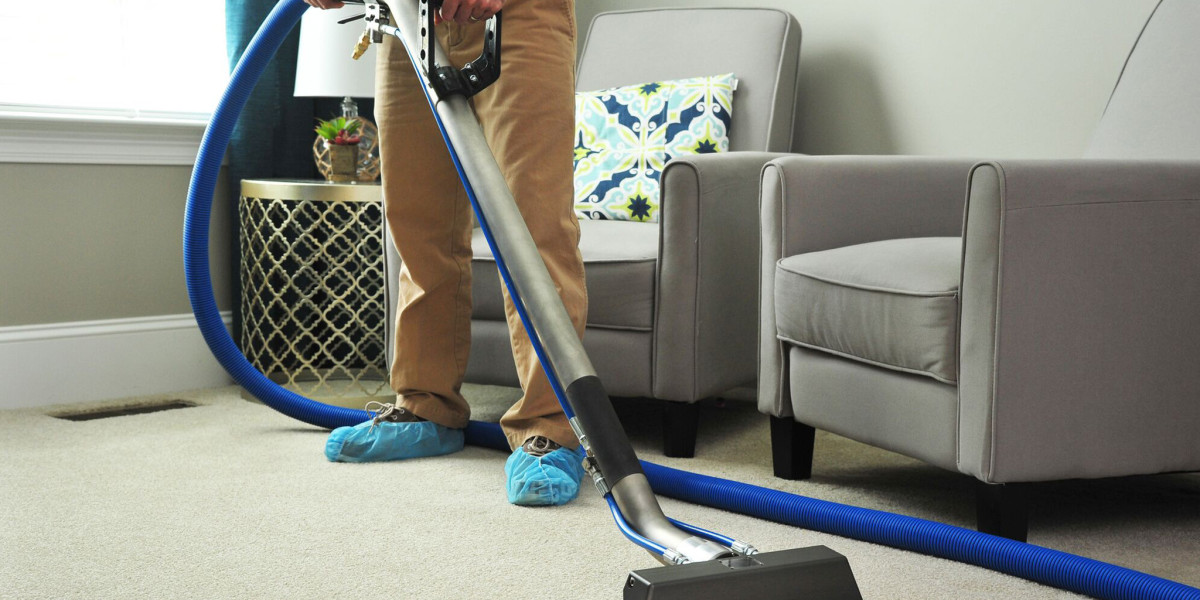Window installation is a critical component of building construction and renovation, significantly impacting energy efficiency, aesthetics, and overall property value. This article presents an observational study conducted at various residential and commercial sites, focusing on the techniques employed, challenges faced, and best practices observed during window installation processes. By analyzing these aspects, we aim to provide insights into the window installation industry, contributing to improved standards and practices.
Observational Setting
The study was conducted over a period of six months, observing window installation at ten different sites, including new constructions, renovations, and commercial buildings. Each site was chosen based on the diversity of window types being installed, including single-hung, double-hung, casement, and sliding windows. The installation teams comprised both seasoned professionals and apprentices, offering a comprehensive view of the installation process.
Installation Techniques
- Preparation and Measurement: The initial phase of window installation involves meticulous preparation and measurement. Observations revealed that successful installations often began with accurate measurements of the window openings. Teams utilized laser measuring tools, which provided precise dimensions, reducing the likelihood of errors. This step was crucial, especially in older buildings where window frames might have settled over time.
- Removal of Old Windows: In renovation projects, the removal of old windows was a significant task. Teams employed various techniques, including the use of pry bars and oscillating tools to carefully detach the existing frames without damaging the surrounding structure. Observers noted that experienced installers demonstrated a keen understanding of the building's structure, allowing them to anticipate and mitigate potential issues during removal.
- Installation of New Windows: The core of the observational study focused on the installation of new windows. Installers followed a systematic approach, beginning with the placement of the window into the opening. Most teams used shims to ensure the window was level and plumb. Observers noted that the use of adjustable shims, which can be easily repositioned, facilitated a more accurate installation.
- Sealing and Insulation: Proper sealing and insulation were paramount in the installation process. Installers applied a combination of expanding foam and weatherstripping to prevent air and water infiltration. It was observed that teams who prioritized this step often achieved better energy efficiency results. The use of caulk to seal gaps was also prevalent, with some teams opting for silicone-based products for their flexibility and durability.
- Finishing Touches: After the window was installed and sealed, the finishing touches were applied. This included interior and exterior trim work, which not only enhanced aesthetics but also provided additional sealing against the elements. Observers noted that attention to detail in this phase significantly influenced the overall appearance and functionality of the installation.
Challenges Faced
Throughout the observational study, several challenges emerged during the window installation process:
- Weather Conditions: Weather played a significant role in the installation process. Rain, wind, and extreme temperatures posed challenges, particularly for outdoor installations. Observers noted that teams often had to adapt their schedules and work methods based on weather conditions, with some opting to use temporary barriers to protect the installation site.
- Building Codes and Regulations: Compliance with local building codes and regulations was another challenge. Installers frequently consulted with project managers to ensure that their work met all necessary standards. Observers noted that teams who were well-versed in local codes completed installations more efficiently, as they were able to anticipate inspections and necessary adjustments.
- Material Availability: Supply chain issues occasionally impacted the installation process. Observers noted instances where teams had to delay installations due to backordered materials or incorrect shipments. This highlighted the importance of effective communication and planning between suppliers and installation teams to mitigate potential delays.
- Skill Levels of Installers: The skill level of the installation crew varied widely, impacting the overall quality of the installation. Observers noted that teams with a mix of experienced installers and apprentices often benefited from mentorship opportunities, leading to improved outcomes. However, less experienced teams occasionally struggled with complex installations, underscoring the need for ongoing training and support in the industry.
Best Practices Observed
Based on the observations made during the study, several best practices emerged that can enhance the window installation process:
- Training and Certification: Continuous training and certification for installers were emphasized as vital for maintaining high standards. Teams that participated in ongoing education programs demonstrated better installation techniques and adherence to safety protocols.
- Use of Technology: The integration of technology, such as laser measuring tools and project management software, streamlined the installation process. Teams that embraced technology were able to improve accuracy and efficiency, reducing the likelihood of costly mistakes.
- Collaboration and Communication: Effective communication among team members, suppliers, and clients was crucial for successful installations. Observers noted that teams that fostered a collaborative environment were better equipped to address challenges and adapt to changing circumstances.
- Quality Control Measures: Implementing quality control measures throughout the installation process was a common theme among successful teams. Regular checks for level, plumb, and seal integrity helped ensure that installations met high standards, reducing the likelihood of callbacks and warranty claims.
Conclusion
This observational study on window installation highlights the complexities and challenges faced by installation teams, as well as the techniques and best practices that contribute to successful outcomes. By understanding these dynamics, stakeholders in the window installation industry can work towards enhancing standards, improving training programs, and ultimately delivering better products and services to consumers. As the demand for energy-efficient and http://littlebournebenefice.org.uk/littlebourne-benefice-hosts-a-memorable-community-gala/ aesthetically pleasing windows continues to grow, the importance of skilled installation cannot be overstated, making this an essential area for ongoing research and development.













